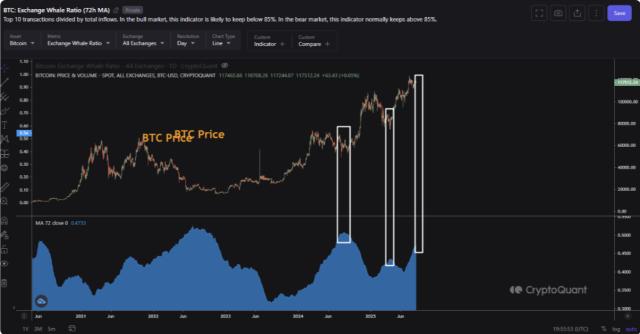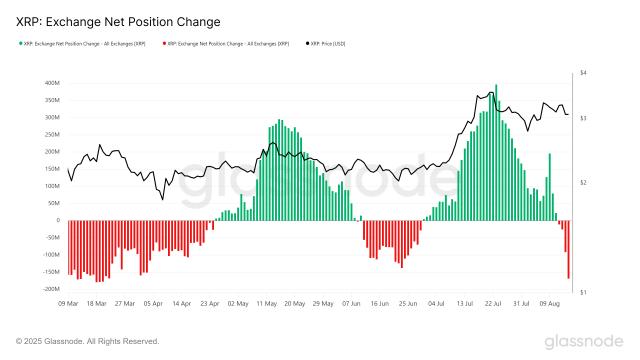On May 19, Bank of America strategist Hartnett's prophecy of "buy the rumor, sell the fact" has been partially fulfilled: Last Friday, he predicted that the S&P 500 index would surge after the trade agreement framework was released, and the index indeed soared by 5%.
While the market fluctuates (or rises for consecutive days) amid tariff headlines, Hartnett has already targeted the "next big opportunity". By analyzing the best and worst-performing assets in 2025, he concluded that "peace trade" will outperform "conflict trade". Hartnett reminds investors to closely watch three key levels: 5% for 30-year US Treasury yield, 100 points for the US Dollar Index, and 5000 points for the Philadelphia Semiconductor Index (SOX).
If US Treasury yields and the US dollar again show a combination of "rising yields, falling dollar" (especially when Trump fails in the long-term Treasury market), US stocks may face the next round of sell-offs. However, Hartnett believes that 5% yield is still the current defense line (retreat if breached). Meanwhile, capital's aversion to long-term assets has reached its extreme - the ratio of Biotech ETF (XBI) to Broker ETF (XBD) has dropped to its lowest since October 2007, highlighting the deeply rooted consensus of "buying anything except bonds".
In his report, Hartnett predicts that emerging market stocks will become the core engine of the new bull market, supported by three pillars: a weakening US dollar, peaking US Treasury yields, and economic momentum from China.
Despite improved market breadth (84% of MSCI index components are above 50-day/200-day moving averages, approaching the 88% oversold threshold), Bank of America's "bull-bear indicator" remains at 3.6, indicating that sentiment has not yet overheated.
Hartnett warns that bond yields will reveal the ultimate outcome of US policy: whether it will replay the 1970s "inflationary peace dividend" (stagflation, protectionism) or the 1990s "deflationary peace dividend" (globalization, central bank independence). He leans towards US Treasury yields declining and deflation in 2025, but Moody's removal of the US AAA rating has already cast a shadow over the long-term bond market. (Golden Ten)







